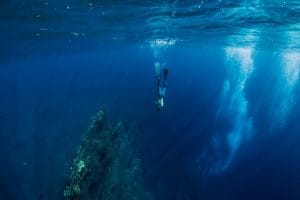
Why Scuba Divers Should Try Freediving: A Personal Perspective from an Scuba diving and Freediving Instructor
Hey everyone, I’m Matt, co-director of OceanSense Freediving here on the Sunny Coast. Over the
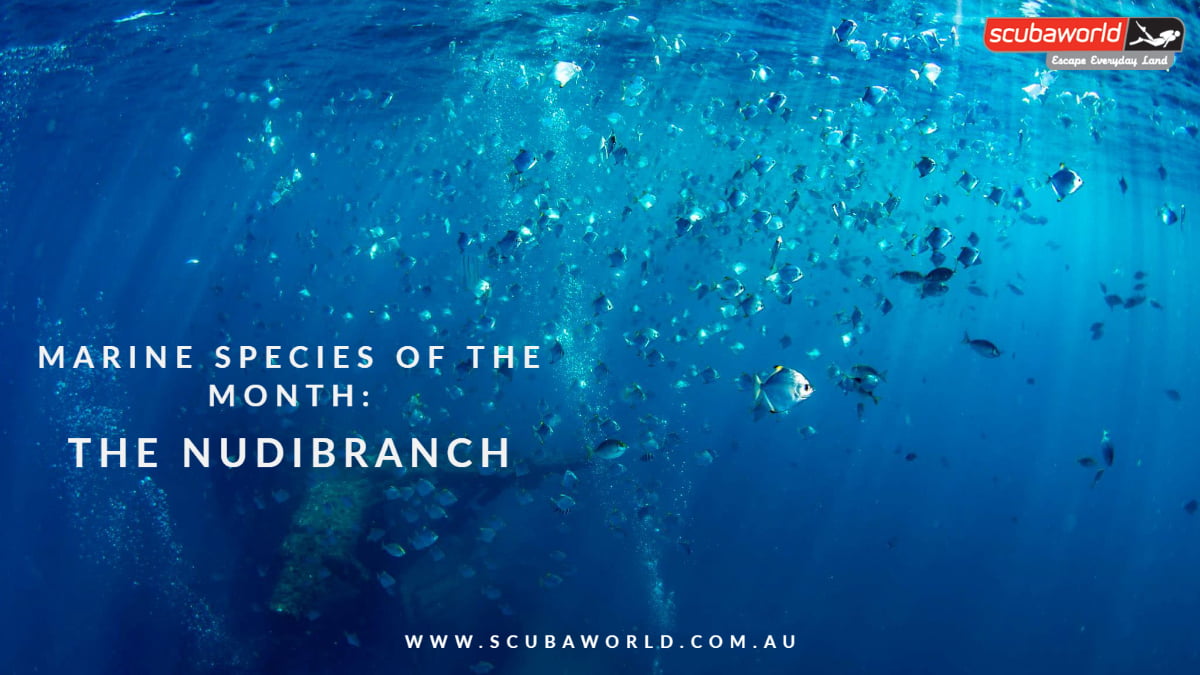
There are over 3,000 different kinds of nudibranchs all over the world. They can be found from the poles to the tropics, shallow and deep water. Right here on the Sunshine Coast there are 1101 local species! Have you ever seen one?
Well you are probably wondering what on earth is a Nudibranch. Let’s start with the name … Nudibranch pronounced (NEW-dih-brank) is Latin and Ancient Greek meaning “naked gills”.
Nudibranchs, a group of soft-bodied and extremely colourful molluscs, are often mistaken for sea slugs. These shell-less molluscs, part of the sea slug family, bear some of the most fascinating shapes, magnificent hues, and elaborate patterns of any animal in the marine environment
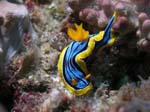 Chromodoris elisabethina – Captured by Gary Cobb
Chromodoris elisabethina – Captured by Gary Cobb
Being a carnivore, they slowly graze on algae, sponges, anemones, corals, barnacles, and even other nudibranchs. Nudibranchs receive their colouring from the food they eat so you can just wonder what some of them have been eating.
To identify prey, they have two highly sensitive tentacles, called rhinophores, located on top of their heads. Only some species have eyes and they are not very good at seeing. So, their rhinophores have special receptors that allow the nudibranch to sense chemical cues in the water, enabling them to find food and avoid predators.
Because they are not snails, nudibranchs lack a shell that can be used for protection from predators. That means the nudibranchs must defend themselves in other ways. Some use camouflage to blend in with their environments, while others use very bright and contrasting colours to signal to predators “watch out.”
Many nudibranchs have evolved the ability to ingest and reuse stinging cells from their prey which they can then use to protect themselves as well.
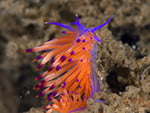 Unidentia sp. 11 – Captured by Gary Cobb
Unidentia sp. 11 – Captured by Gary Cobb
Nudibranchs are simultaneous hermaphrodites and can mate with any other mature member of their species. Their lifespan varies widely, with some living less than a month, and others living up to one year.
It is impressive with a life span so short that there are still new species found every day. But How?
Sperm sacs are exchanged during mating then the female must fertilise them. This may take several days, or even weeks before the eggs become fully developed. They are then deposited in colourful, ribbon-like strands, often on their favourite food.
These Egg ribbons are made of tiny nudibranch embryos suspended within a jelly like substance. The jelly provides nominal protection to the embryos, as there is generally no parental care.
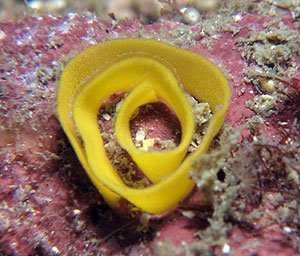 Egg Ribbon – Captured by Gary Cobb
Egg Ribbon – Captured by Gary Cobb
How can you identify them?
You can identify these beautiful animals by their colour by using a database collected by a Sunshine Coast local and Nudibranch expert Gary Cobb who has over 17 years experience on Sunshine Coast species, is also more than happy for you to send though any pictures and he can identify them for you. Maybe you have found a new species.
See HERE for the identification database. Or contact Gary at gary@nudibranch.com.au
Wanting to book on for a dive so you can find a Nudibranch yourself? Check out our diving calendar HERE
Hope to see you underwater soon.
Leila Barnsley ~ Scuba World Instructor
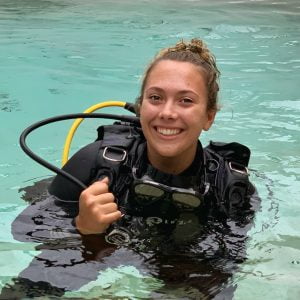

Hey everyone, I’m Matt, co-director of OceanSense Freediving here on the Sunny Coast. Over the
Join us Thursday 30th Jan at 5:30pm to hear David Mullins talk about nudibranch defences
Dear members, I would like to take this opportunity to inform you about a few